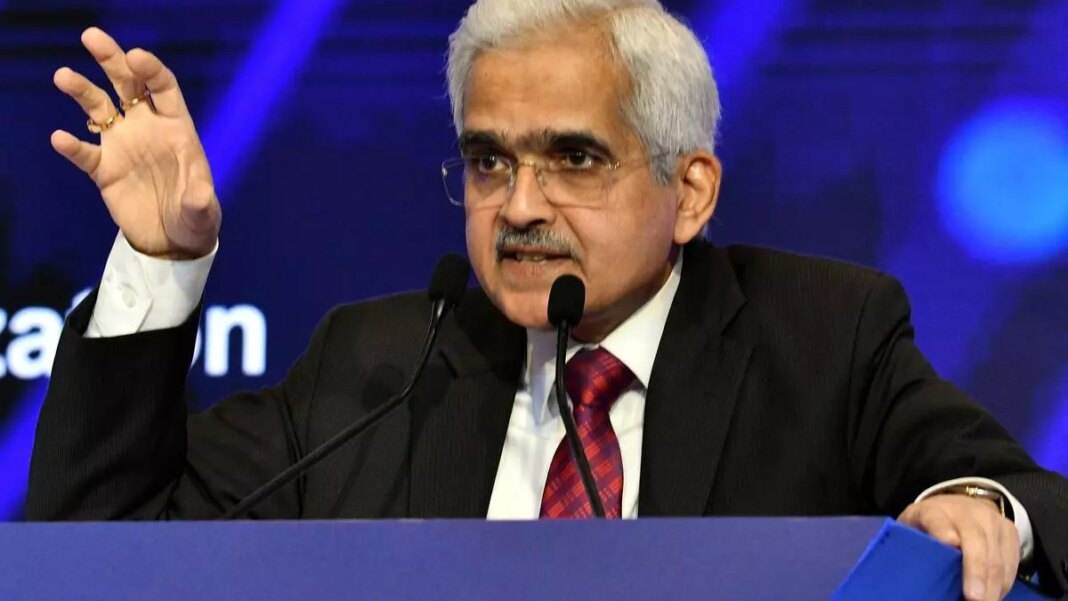The Indian economy today demonstrates vastly improved macroeconomic fundamentals and robust buffers, said RBI Governor Shaktikanta Das.
However, he cautioned that new sources of shocks such as frequent incidences of supply chain disruptions and greater barriers in trade, technology and capital flows, are often not well captured in existing macroeconomic models by central banks.
Economic resurgence
“The Indian economy has rebounded strongly from the pandemic and is contributing more than 18 per cent to the global growth. Inflation is on a declining trajectory.
“External sector remains resilient with strong buffers. The health of the banking and corporate sectors remains strong. Fiscal consolidation is underway,” Das said at the inaugural Himalaya Shumsher Memorial Lecture, organised by the Nepal Rastra Bank, Kathmandu.
The Governor noted that, unlike many central banks which are narrowly focused on price stability using monetary policy, the Reserve Bank has a wider canvas of functions.
“It is not just responsible for maintaining price stability, but also has the larger responsibility of maintaining financial stability as the regulator and supervisor of banks and other financial sector entities, financial markets and payment systems.
“This helps us to take a holistic view of the economy, appreciate the synergy and trade-offs involved in various objectives, and act appropriately using multiple instruments at our disposal,” he said.
Price stability
Das observed that the Flexible Inflation Targeting (FIT) framework, which was embedded into the law in 2016, established the primacy of price stability among the objectives of monetary policy, but not unconditionally.
“It defined the objective as maintaining price stability while keeping in mind the objective of growth. The FIT framework retained the essence of the earlier multiple-indicator approach without any ambiguity about the hierarchy of objectives.
“FIT provides flexibility to support growth if the situation so demands. Financial stability which is a pre-condition for price stability and sustained growth is thus implicitly embedded as part of the broader mandate of the Reserve Bank,” the Governor said.
Das emphasised that it is this approach that has helped RBI to effectively deal with the multiple challenges in the recent period and address issues of anchoring price stability, supporting growth and maintaining financial stability.
Navigating Uncertainty
The Governor cautioned that continuing geopolitical disturbances and geoeconomic fragmentations will pose daunting challenges to the central banks.
“Experience of the past few years shows that the journey ahead may be marked by dynamic shifts in geopolitics, with frequent incidences of supply chain disruptions and greater barriers in trade, technology and capital flows.
“These will be the new sources of shocks, often not well captured in existing macroeconomic models. It has become important for central banks to remain vigilant and respond in a nimble, timely and calibrated manner while navigating such turbulences,” Das said.


